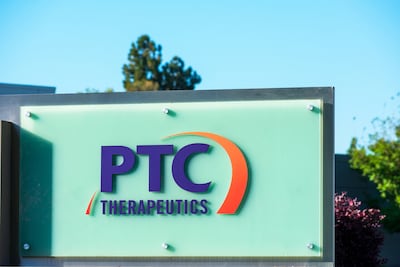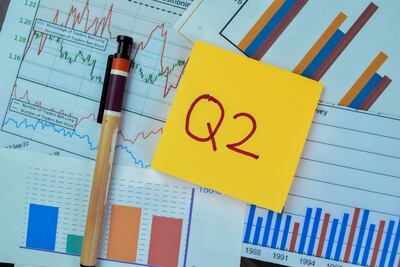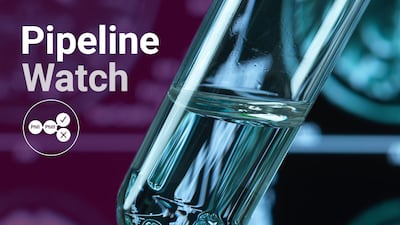Developing blockbuster drugs is the prime commercial goal of biopharmaceutical manufacturers, offering the chance to recoup years of investment in drug development and lay a solid financial foundation for the company’s long-term future. Building blockbuster brands has never been easy and it has only gotten harder as competitive dynamics have intensified, as certain therapeutic areas have become saturated and as market access headwinds have strengthened. Nonetheless, new drugs reach the market and grow into new blockbuster brands and sometimes even “mega-blockbuster”-sized sellers.
For decades a blockbuster has been loosely defined as a drug that generates more than $1bn in annual sales. But increasingly, drug makers – and their investors – have set sights on bigger and bigger commercial brands, such as drugs that generate $5bn or more in annual sales and can serve as a solid anchor for their pharmaceutical portfolios.
Of the 487 drugs approved by the US Food and Drug Administration from 2014-2023, 193 are forecast by Evaluate Pharma to generate peak-year sales over $1bn. That means about 39% of new drugs are projected to reach blockbuster status.
Among those, the biggest sellers are 17 drugs that are forecast to reach peak-year sales of more than $10bn, while 42 are expected to post peak-year sales of more than $5bn and 114 are expected to bring in peak-year sales of more than $2bn, according to Evaluate data. (See chart.)
Excluding COVID-related products, the five drugs forecast by Evaluate Pharma to generate the most revenue in a single year at their peak are Merck & Co., Inc.’s cancer drug Keytruda ($31.28bn), Novo Nordisk A/S’s obesity treatment Wegovy ($22.22bn), Sanofi/Regeneron Pharmaceuticals, Inc.’s immune disease drug Dupixent ($20.02bn), Johnson & Johnson’s multiple myeloma drug Darzalex ($16.87bn) and AbbVie Inc.’s autoimmune therapy Skyrizi ($16.1bn).
COVID-19 offered a unique commercial opportunity, and pandemic-related treatments and vaccines are some of the highest-earning products of all time. In the Evaluate dataset, Pfizer Inc./BioNTech SE’s COVID-19 vaccine Comirnaty and Pfizer’s COVID-19 antiviral Paxlovid would both rank in the top five of peak annual revenues. Comirnaty and Paxlovid have already reached peak year sales, in 2021 for Comirnaty at $41.21bn and in 2022 for Paxlovid at $18.93bn, which means that while the products generated unprecedented revenue upon their launch in the middle of the COVID-19 pandemic, they have had an atypical launch trajectory and are quickly declining.
Keytruda, on the other hand, continues on its path of being a more traditional pharmaceutical success story. The drug is on track to surpass any others in the dataset in generating the most accumulated revenue from its launch in 2014 through 2028, when it will face loss of exclusivity. Keytruda is expected to generate a staggering $251.09bn from 2014-2028, according to Evaluate. The drug has brought in $101.67bn from 2014-2023, meaning it will more than double the revenue it made in its first nine years on the market in the last five before its loss of exclusivity (LOE).
The other drugs that are expected to accumulate the most revenue in the 14-year period from 2014-2028 are Novo Nordisk’s Ozempic ($135.28bn), Bristol Myers Squibb Company’s Opdivo ($125.55bn), Dupixent ($120.36bn) and Comirnaty ($118.73bn). Comparisons between the brands in terms of accumulated sales figure are challenging because the drugs all launched at different time periods, between 2014 for Keytruda and 2021 for Comirnaty, so some of the drugs have had less time on the market than others.
Nonetheless, the data show just how much revenue a mega-blockbuster can contribute to a drug manufacturer’s top line over an extended time period, particularly notable given that the cost of making and selling a drug generally declines the longer it is on the market.
Meanwhile, a smaller but still significant blockbuster will generate significantly less over its life. Novartis AG’s Cosentyx and Entresto, for example, are both high-growth mega-blockbuster franchises for the company that are expected to peak at under $7bn in peak-year revenues. They are expected to generate substantially less over the 14-year time horizon, $58.26bn and $45bn, respectively, compared to drugs with peak-year sales over $10bn.
It’s clear why drug makers are singling out those mega-sized opportunities versus going after more drugs but with smaller market potential. But there are many routes to building a blockbuster. Scrip’s continuing series Building A Blockbuster will take a look at how multiple indications help stack up sales, the time it takes to reach $1bn and whether it’s better to discover a blockbuster in house or seize an external opportunity.







